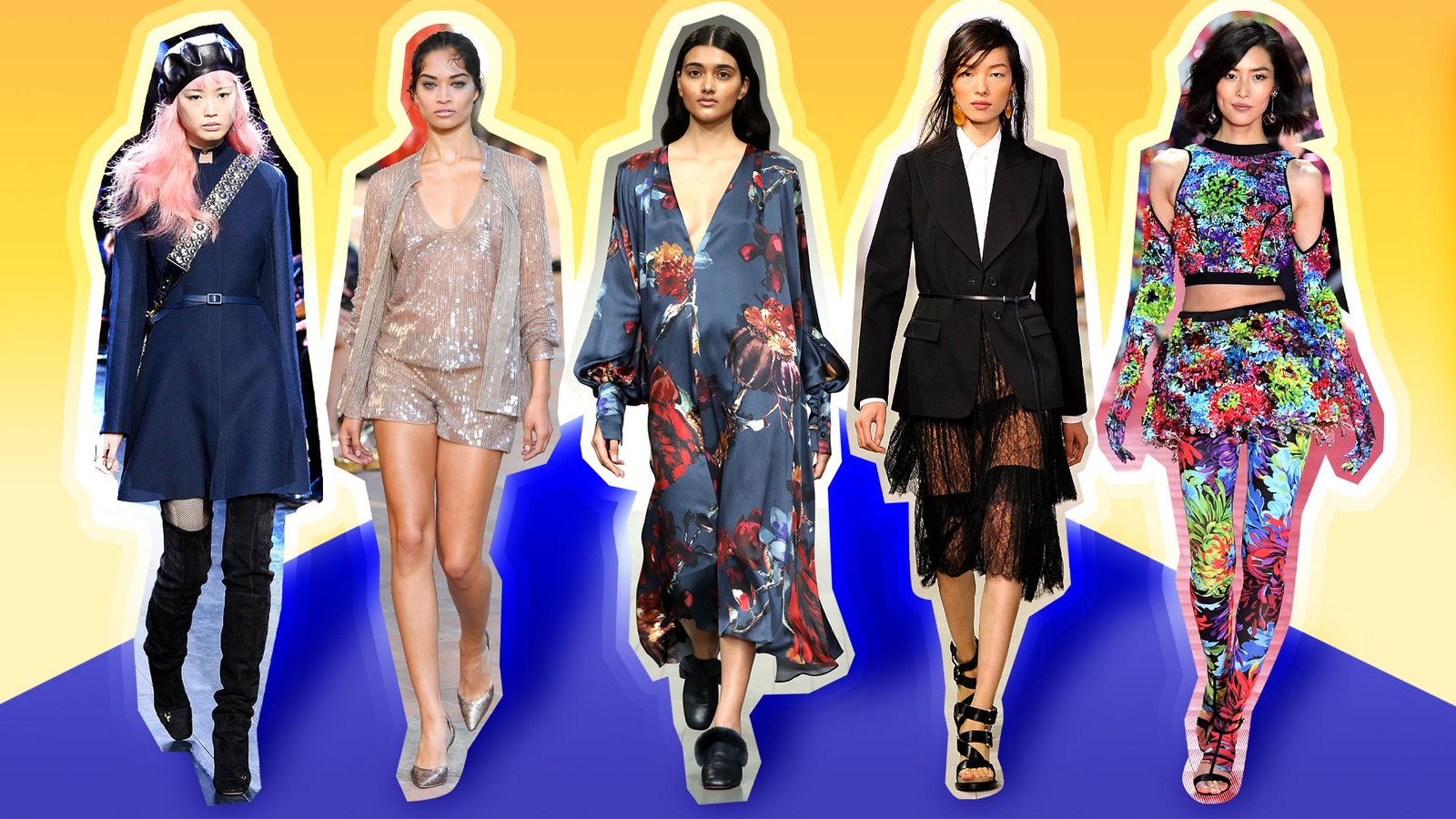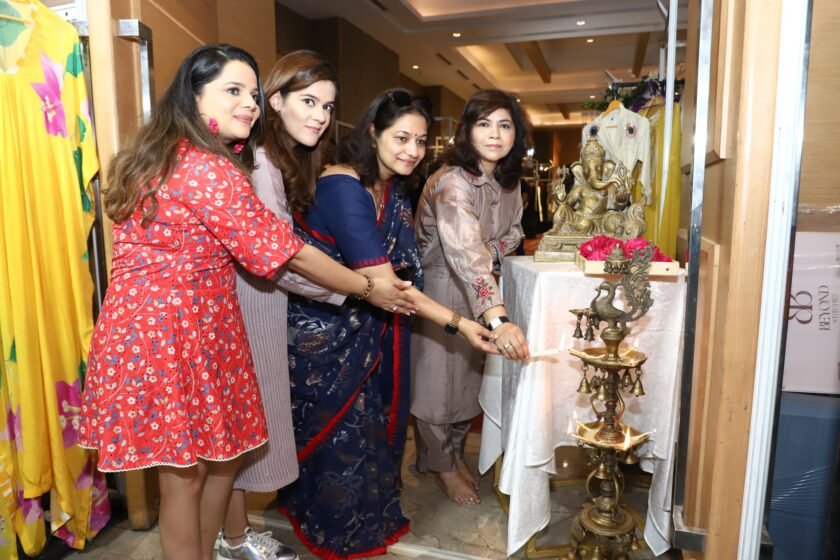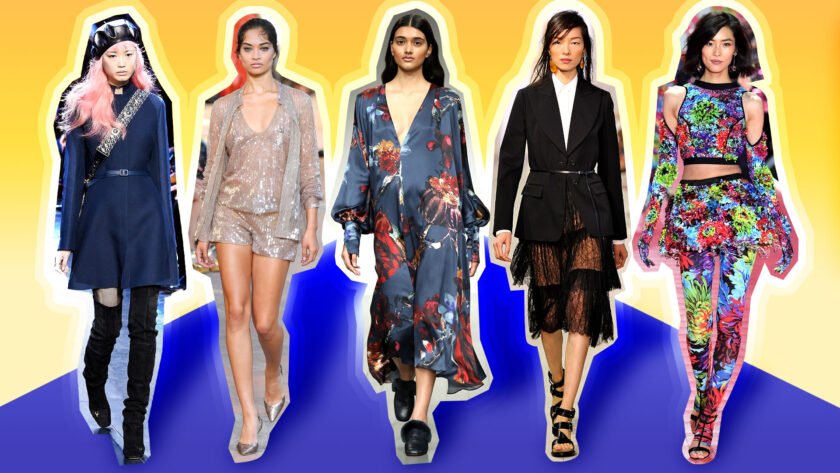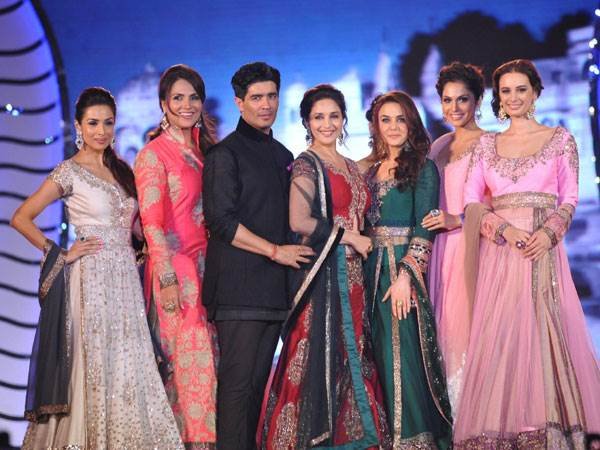Mumbai: Over the past decade, the fashion landscape in India has undergone a significant transformation, reflecting the broader shifts in culture, technology, and global influences. The evolution of Indian fashion from 2014 to 2024 has been marked by several key trends, including the resurgence of traditional craftsmanship, the rise of sustainable fashion, the influence of Bollywood and global fashion, the impact of digital technology, and the changing fashion week formats.
Renaissance of Traditional Textiles and Craftsmanship
One of the most prominent features of the Indian fashion scene over the past decade has been the revitalization of indigenous textiles and artisanal crafts. Designers like Rahul Mishra, Anita Dongre, and Ritu Kumar have played pivotal roles in bringing traditional techniques like handloom weaving, block printing, and embroidery such as Chikankari and Kantha to the forefront of high fashion. This trend has been driven by a growing consciousness among Indian consumers about the origins and authenticity of their garments, as well as a broader global interest in sustainable and ethically made clothing.
Emphasis on Sustainability
The 2020s saw a significant shift towards sustainability in the Indian fashion industry, influenced by global discussions on climate change and responsible consumption. Brands have increasingly focused on sustainable practices, from using eco-friendly materials like organic cotton and bamboo fiber to adopting zero-waste design practices. Moreover, upcycling has gained momentum, with brands like Doodlage focusing exclusively on creating fashion from industrial waste. The sustainability movement has been bolstered by initiatives like Lakmé Fashion Week’s Sustainable Fashion Day, which highlights eco-friendly fashion.
Digital Transformation
The advent of digital technology has revolutionized the Indian fashion industry. Social media platforms, particularly Instagram and later TikTok, have become influential in shaping fashion trends and promoting brands. Designers and brands have leveraged these platforms for direct consumer engagement and marketing. E-commerce growth has democratized access to fashion, with platforms like Myntra, Ajio, and Amazon becoming crucial for brands ranging from streetwear to luxury. The COVID-19 pandemic accelerated this trend, with major fashion events and showcases going digital, leading to virtual fashion shows and online showrooms.
Bollywood and Global Influences
Bollywood has always been a significant influencer in Indian fashion, and this has continued over the past decade. Stars like Deepika Padukone, Sonam Kapoor, and Ranveer Singh have not only been fashion icons but also trendsetters, often collaborating with designers to influence public fashion choices. Moreover, the cross-pollination of Indian and Western fashion has increased, with Indian designers gaining visibility on global platforms like New York Fashion Week and Paris Fashion Week. Designers such as Manish Arora and Falguni Shane Peacock have showcased their work internationally, blending Indian aesthetics with global fashion trends.
Changing Dynamics of Fashion Weeks
India’s fashion weeks have evolved significantly in the past decade. The traditional format has been disrupted by more inclusive, diverse, and technologically integrated showcases. India Fashion Week and Lakmé Fashion Week have sometimes merged to present a unified platform, reflecting a more collaborative industry stance. These events have increasingly highlighted issues like diversity in fashion, featuring models of different ages, sizes, and ethnic backgrounds, thus promoting a broader representation.
Inclusion and Diverse Representation
The increased focus on diversity is also evident in the broadening representation within Indian fashion. This includes more significant inclusivity in terms of body sizes, skin tones, and gender expressions. The fashion industry has begun to challenge traditional norms and stereotypes, moving towards a more inclusive approach that celebrates diversity.
The Rise of Streetwear and Athleisure
Reflecting global trends, the streetwear and athleisure movements have also taken firm roots in India’s urban fashion scenes. Young consumers, influenced by global pop culture and the casualization of everyday dress codes, have embraced brands that offer comfort, style, and functionality. Homegrown brands like Bhaane and NorBlack NorWhite have carved out niches in this space, reflecting the unique local aesthetics while staying attuned to global styles.
The last decade has been a period of significant evolution for the Indian fashion industry, marked by a blend of tradition and modernity. As we move forward, the industry is set to evolve further, driven by innovations in sustainability, digital technology, and global collaborations. The focus on diversity and inclusion, along with a continued respect for heritage crafts, promises to shape the next phase of Indian fashion, making it a unique and influential force on the global stage.




